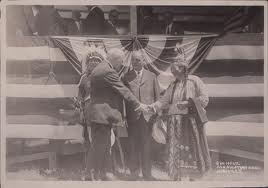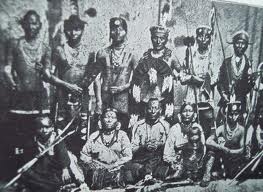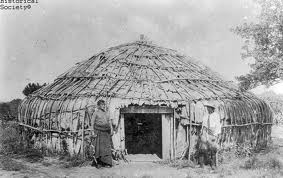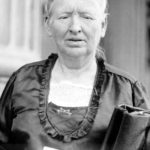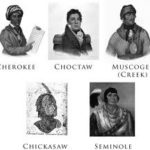Whenever Indian land became valuable, whites found a way to get it. After the Dawes Act (see last post) freed up former Indian land for settlement, the Curtis Act further weakened Indian control. A mixed-blood Kansa Indian and Kansas congressman, Charles Curtis, sponsored a law that abolished tribal courts in Indian Territory. This gave the federal government even more power over Indian affairs, since everyone in the Territory now came under federal law. The Act passed in 1898; any tribal legislation after that had to be approved by the president of the United States.
Senator Curtis was born in 1860, a descendant of Kansa chief White Plume. He attended an Indian mission school on the Kaw reservation, but later attended Topeka High School. He was admitted to the bar in 1881 and ran as a Republican in Shawnee County, Kansas. He was elected to Congress in 1892 and held office in the House of Representatives for eight terms. He was elected a senator in 1907.
________________________________________________________________________
